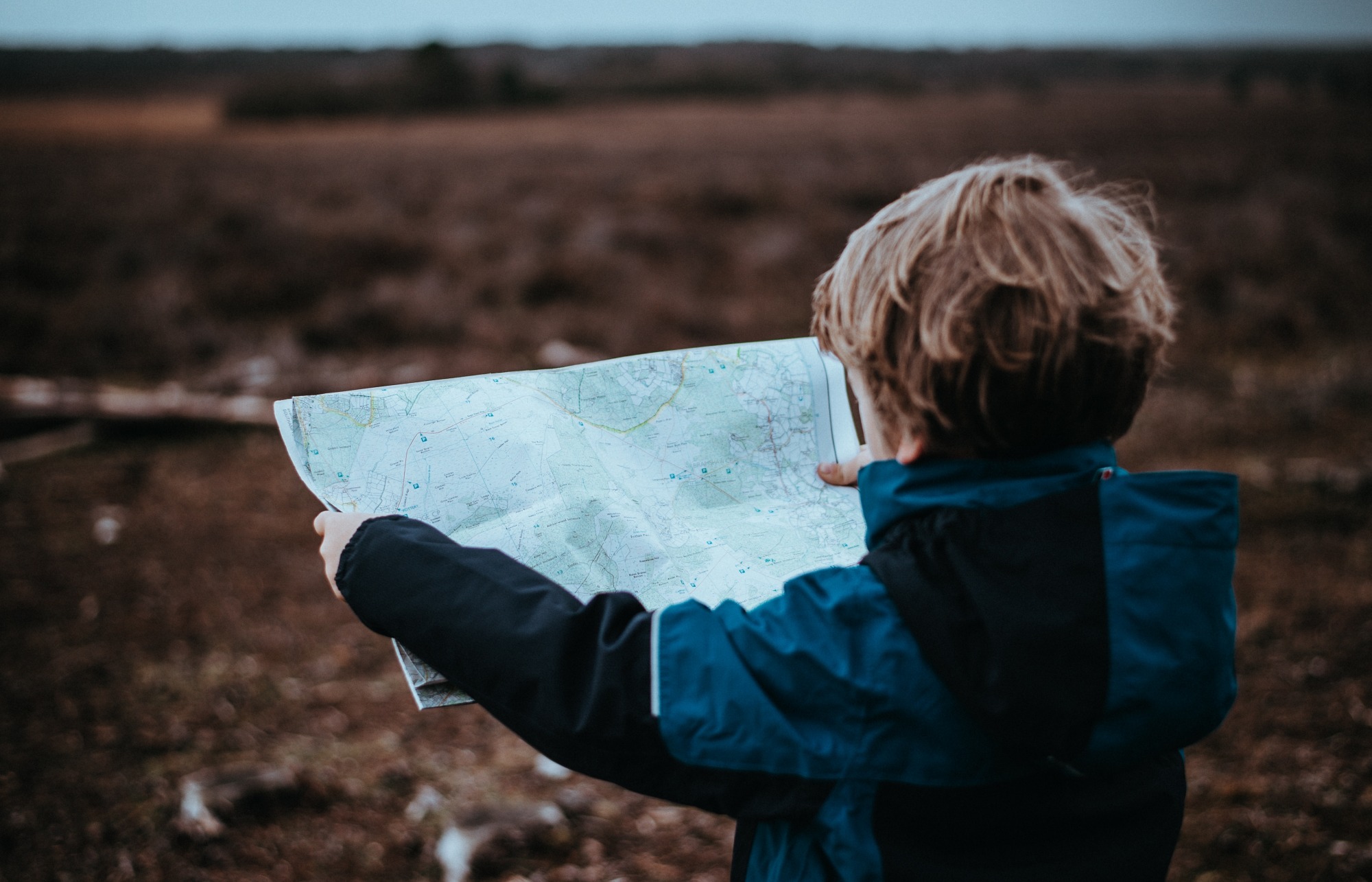There are many proven ways to drive traffic to your website, but what happens when visitors get there? They need to convert, or there will be no revenue growth for your business. If you want your online business to be profitable, you need to make sure your visitors will perform certain actions such as making a purchase, filling out a form, or subscribing. Your conversion rate represents the ratio of total visitors who take these desired actions. Receiving 200 visitors per month doesn’t mean anything if only 20 of them complete the desired tasks because your conversion rate will be 20 divided by 200 – only 10 percent, that is.
If you want your visitors to convert the first thing you need to do is to capture their attention and make them stay. With average human attention span now being shorter than a goldfish’s, you only have a couple of seconds to do this and turn your visitors into customers. This is certainly a tiny window of opportunity and to engage users in it your website needs to be high on usability, easy to navigate, and eye-pleasing. Your website design isn’t reserved only for the last part – it can make all the difference. Having a beautiful design is practically worthless if it’s not user-friendly and if it doesn’t provide a great experience that will lead to more conversions.
Many marketers are still not aware of the important role which design has and why is it crucial for success. Its effect doesn’t lie only in making the right first impression with high quality – your design is also a powerful tool to elicit the desired actions out of your users. For this, you need to be aware of the crucial psychological factors that will show you exactly what design principles to follow.
Building a Visual Hierarchy
 If you want your users to be able to follow a pattern into your sales funnel naturally, you need to build a clear visual hierarchy. This is also important to make sure they’ll find all the information necessary to make a decision. Seasoned professionals from an SEO firm will tell you that keywords on their own, no matter how good they are, won’t be able to keep you on the first page of the search results if your users are having a hard time finding the information they need. That is clearly backed up by one of the central principles of Gestalt psychology – the law of pithiness. This law clearly shows the manner in which we tend to order our experiences – a simple and symmetrical one. We all prefer things which are orderly and clear, and we’re afraid of complicated and complex designs and ideas. The reason is quite simple – our instincts are always telling us that simple things are far less likely to hold unpleasant surprises. And the best way to leverage this principle in improving conversion rates is precisely through the visual hierarchy. It should be built to give directional cues to visitors, strategically influencing their thought patterns and their flow, and therefore encouraging call-to-actions and signups.
If you want your users to be able to follow a pattern into your sales funnel naturally, you need to build a clear visual hierarchy. This is also important to make sure they’ll find all the information necessary to make a decision. Seasoned professionals from an SEO firm will tell you that keywords on their own, no matter how good they are, won’t be able to keep you on the first page of the search results if your users are having a hard time finding the information they need. That is clearly backed up by one of the central principles of Gestalt psychology – the law of pithiness. This law clearly shows the manner in which we tend to order our experiences – a simple and symmetrical one. We all prefer things which are orderly and clear, and we’re afraid of complicated and complex designs and ideas. The reason is quite simple – our instincts are always telling us that simple things are far less likely to hold unpleasant surprises. And the best way to leverage this principle in improving conversion rates is precisely through the visual hierarchy. It should be built to give directional cues to visitors, strategically influencing their thought patterns and their flow, and therefore encouraging call-to-actions and signups.
Putting on Weight
Choosing the right color scheme for your website is not just the question of aesthetics – it should be an inseparable part of your visual hierarchy. You need to be able to draw user attention to certain aspects of design such as CTAs or forms, and there’s nothing better for the job than contrasting colors and white space. The first thing your users will look at will be the element of your design which stands out from the rest. In other words, you need to use color, but also the size and proximity to make a kind of design that will put on some visual weight on certain elements. Infographics are a great example of this since they guide the eyes of users from the top to bottom using colors and content placement.
Psychology of colors is a powerful tool for boosting conversions since every color has moods and actions associated with them, but keep in mind that it’s always more about the contrast of the color rather than the color itself. The contrast is that which makes the most important aspects of your site stand out from the page. You can paint your CTAs in bright and vivid colors but they won’t acquire more visual importance and attract clicks if they’re not surrounded by contrasting ones.
Providing The Map
 You need to transform your message from plain text into a kind of visual road map for your users, and the only way to achieve this is through thoughtful color solutions and strategically placed elements. Only with the careful combination of these two, you’ll be able to tell your users where they need to go instantly, showing them what’s important in an interactive way. The best way to improve their experience and make them convert is to clarify their journey, and that’s what maps are all about.
You need to transform your message from plain text into a kind of visual road map for your users, and the only way to achieve this is through thoughtful color solutions and strategically placed elements. Only with the careful combination of these two, you’ll be able to tell your users where they need to go instantly, showing them what’s important in an interactive way. The best way to improve their experience and make them convert is to clarify their journey, and that’s what maps are all about.
Like in every map, X needs to mark the spot, and this is where Fitt’s law comes in handy. Following the logic that page loading time can dramatically affect conversion rates, we can say that the time required to take the desired action does the same. This law clearly shows that the time required to move your mouse to a target area depends on the size and the distance of the target. This means that you can decrease that time by making the target larger (and by making it a button rather than text) and by placing it near the expected mouse location. So if you have a multi-page form you should place your buttons in the same position in order to minimize the mouse movement. This principle is equally effective in reverse, to decrease all the undesired actions such as cancellations. Instead of using a large button go for a small text link which you’ll place near to the bottom of the page, at the distance from the starting mouse position. The UX of WordPress follow this law admirably – just look at actions.
Showing Them a Face
 Everybody likes to see a familiar face on their journey. Since we’ve already explained that the road to conversions is a visual journey, now we’re gonna show the impact of the human face on it. It is a subconscious human habit to be on a constant watch for other humans. Facial recognition is not about actually seeing the face of somebody you know but coming across any human face on the website. When that happens we will immediately jump to that face and try to assess the emotions showing on it. This is not an intentional reaction and people may not even realize they’re doing it, but it can certainly do wonders for your conversion rate.
Everybody likes to see a familiar face on their journey. Since we’ve already explained that the road to conversions is a visual journey, now we’re gonna show the impact of the human face on it. It is a subconscious human habit to be on a constant watch for other humans. Facial recognition is not about actually seeing the face of somebody you know but coming across any human face on the website. When that happens we will immediately jump to that face and try to assess the emotions showing on it. This is not an intentional reaction and people may not even realize they’re doing it, but it can certainly do wonders for your conversion rate.
First of all, faces grab attention far better than nearly anything else, so you can use them to direct that attention and focus of your visitors to the key elements on your page. Going a bit further, you can position faces so that they’re looking at your CTAs – mot visitors will automatically follow that gaze to see what they’re looking at. And gaze is not the only weapon in the arsenal of the face – the emotions it is conveying are equally powerful. We all quickly become experts in reading human emotions, and the ones we find displayed on photos are able to subtly influence our feelings towards the website. That means that genuinely sad or happy faces will make us feel in a similar way. This is a powerful form of manipulation, but don’t go too far – stay away from stock photography. You’ll only find overly exaggerated emotions and they always seem fake and will just be off-putting. Instead put the faces of your customers and employees who show emotions such as surprise, interest, amusement, etc. – it has been proven that most sharing is driven by these positive emotions. But it has also been proven that hormones released by empathetic sadness are able to increase generosity so negative emotions can sometimes be effective as well. So it’s all about choosing the emotion for a particular page that will best affect the CTA.
As you can see, your design is your visual communication. You’re in business because you have something of value, and people need to take action and convert in order to obtain that value. But if your communication is poor your users won’t be able to understand that value and won’t have any reason to convert. That’s why it’s crucial to use your design in alliance with psychological principles – make the road clear, put some weight on the checkpoints, provide them with a map, and make sure they meet familiar faces along the way.

